
Macronutrients: What They Are, Types, and How They Influence Athletic Performance
Learn all about macronutrients: their roles, types, and the importance of nutrient timing for sports performance. Read our complete guide for athletes.
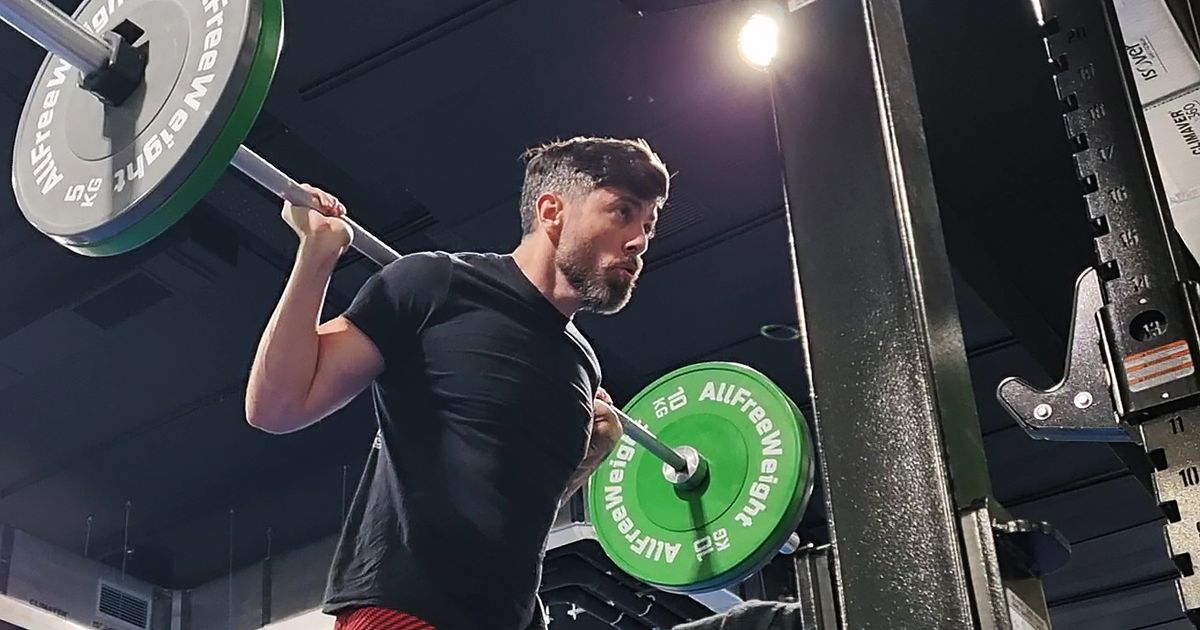
One of the most classic pieces of advice from your friend at the park or the typical gym bro is related to breathing, they usually tell you something like that if you control your breathing you will get everything you want and more, and that your PRs are going to increase considerably.
Today we are going to see what is true in this, if it is a myth or if controlling your breathing really serves a purpose, what would be the correct way to do it and much more, let's get started.
First of all, I think we have to define what function breathing can have when performing a strength exercise, and in this case we have two functions, both related to pressure, but in totally different terms. The first is to create intra-abdominal pressure to improve the stability of the trunk, and the second is to relieve blood pressure and avoid the problems caused by maintaining high pressure for continuous periods of time.
We are going to explain these two functions with examples, so that it is better understood. Regarding the function of creating intra-abdominal pressure, we are referring to filling the lungs, trying to inflate not only the rib cage area, but also the abdominal area. This is usually known as diaphragmatic breathing and consists of trying to fill the lungs while expanding the abdominal area using the diaphragm, giving the appearance that they are filling from the bottom up, and without having that sensation of inflating only the upper part of the chest.
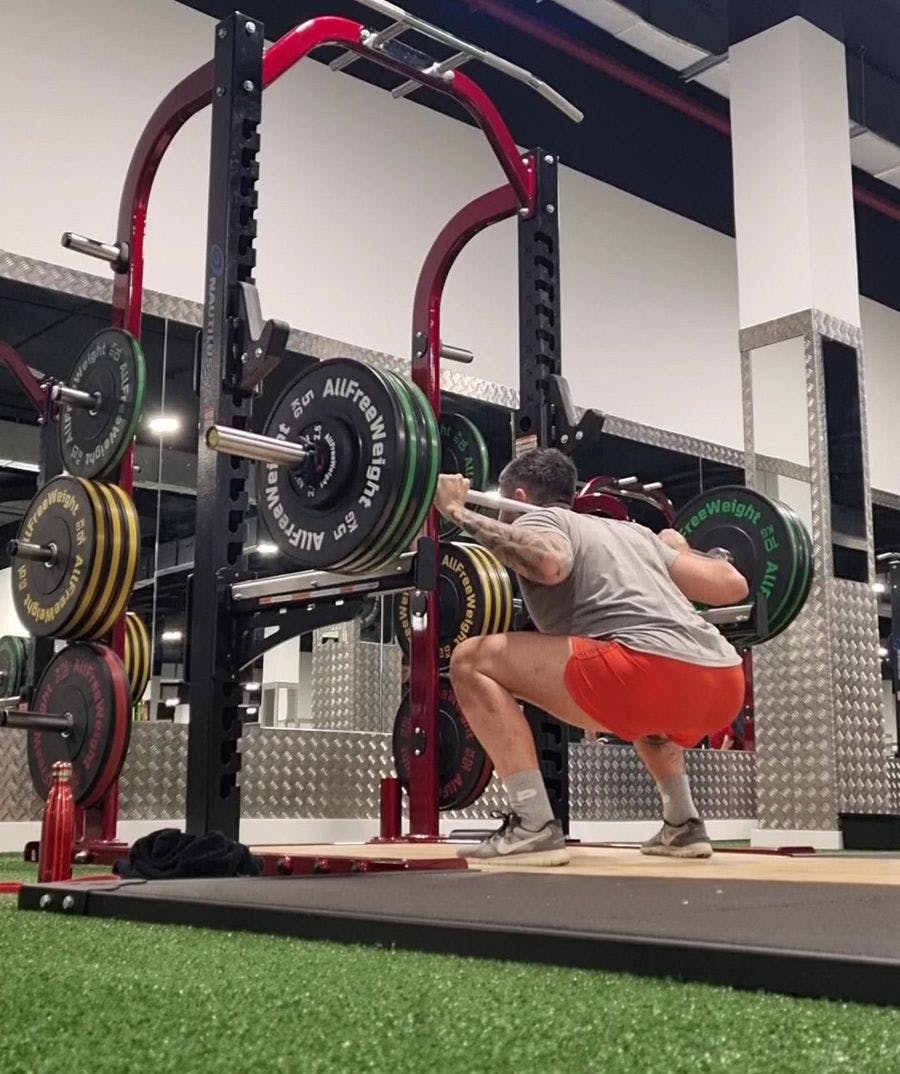
In this way you create a cylinder of air and abdominal pressure that protects your spine from sudden movements. The example where the effect of this maneuver is clearest is in the heavy squat. Imagine that you are going to do a heavy squat record attempt with a weight that you have never been able to lift. Imagine first only lowering the negative with empty lungs and a completely empty abdominal area, the result could be disastrous. Now imagine lowering the negative with the technique we have described, your lungs filled with air from below and your abdominal area very firm and expanded. You would have greater stability and security to carry out the movement.
In fact, this is usually complemented artificially by using a belt that helps maintain that pressure, and it is more than proven that marks are significantly improved with the use of said belt.
Another quite visual example that is often used to represent this is that of a closed soda can filled with pressurized air. If you try to crush it, it is relatively difficult and it holds quite a bit without giving way. However, if you open it and let the air out, it is extremely easy to crush it. Well, in this sense we could visualize our trunk as a can, which we can maintain with that pressure or empty it.
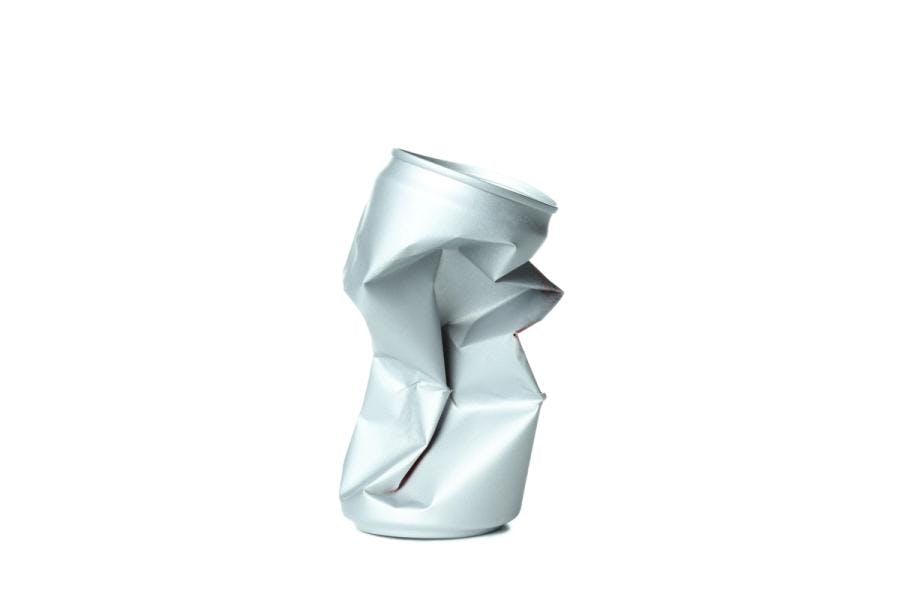
Therefore, this breathing maneuver will allow you to avoid injuries and will also give you a little extra strength.
Now that we know what this breathing technique consists of, in which exercises it is advisable to use it and in which ones it is not? Well, it should mainly be used in exercises in which you handle a large external weight and your spine is in danger of losing stability or making forced movements. For example, as we have seen, in the heavy squat, but also in the deadlift, the military press and other gym exercises, a good guideline is to do it in the exercises where you see that people usually use a belt.
As for calisthenics exercises, it is really not so necessary to take this into account, since in exercises with body weight the tension that the spine has to withstand is never so extreme, and we can see how in exercises such as pull-ups, push-ups, handstands, squats and so on, there is a certain activation and abdominal stabilization, but it is not necessary that we have that extra stabilization that the diaphragmatic breathing technique gives us. No one would think of putting on a squat belt to improve their pull-ups, their front lever, their dips or their muscle ups.
Therefore, in many calisthenics exercises, the abdominal muscles are used to stabilize, to assist movement or to achieve good posture or good technique, but we do not need to perform the breathing maneuver to create intra-abdominal pressure.
We now move on to the second aspect for which we are interested in knowing how to control breathing, which is the issue of blood pressure. You see, when you perform a forceful movement, blood pressure rises to values that can be between 3 and 4 times higher than normal, and if you add to this rise not controlling your breathing well, it can cause dizziness or even a faint. It is usually seen in deadlift record attemps last too long, where the athlete immediately faints after finishing the movement.
Another example that more directly affects us calisthenics is that of the handstand. The effort, added to the inverted position, causes blood to accumulate in the head and the face to turn red. If you add to this not controlling breathing well, we have cases of people with their entire face full of swollen veins and red eyes. and with a feeling of dizziness.

I take this opportunity to remind you that at Calisteniapp we have free routines to learn handstand, and for pro users we have training programs and smart routines with which you will achieve it without any problem, take a look.
So how do we have to control our breathing so that this does not happen? Simply monitoring how long we hold our breath. Ideally, you should hold your breath for short periods of time, whether or not you are doing the diaphragmatic maneuver.
If the exercise allows it, you can hold your breath only for each individual repetition, and, if you need to hold it for longer, do not do it for more than 4 or 5 repetitions.
In isometric exercises, the ideal is that you be able to maintain abdominal stabilization while breathing, especially if the isometric is going to last more than 3 or 4 seconds. For example, in handstands, you must be able to maintain your balance while breathing, even if you are squeezing your abs to perform the pelvic retroversion, and it is a typical beginner's mistake to hold your breath for the entire duration of the exercise.
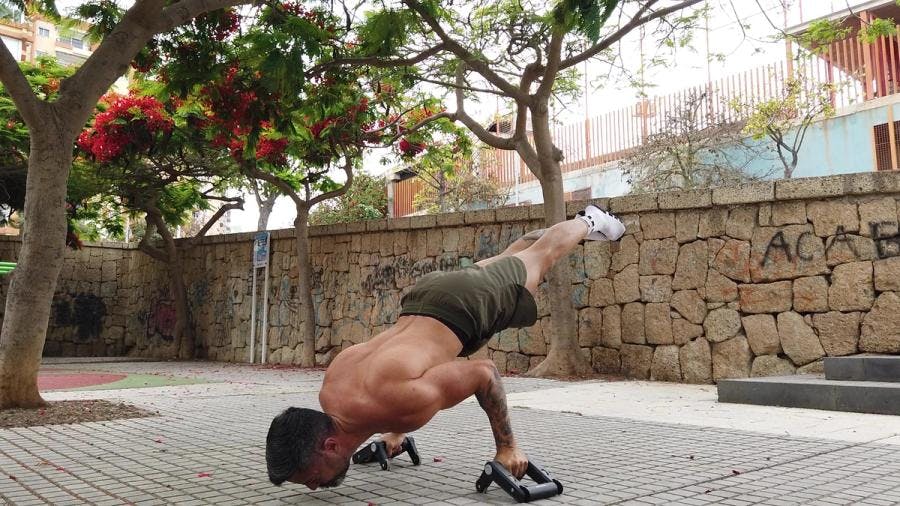
As for when to inhale and exhale, the correct thing is that you inhale before performing the main effort of the exercise, normally the concentric part, and that you exhale when this effort has finished, although nothing happens if you release the air a little before finish said effort. If during the negative of the movement you need to have that stability in the trunk, you should take a breath before starting said negative. For example, in a squat, the ideal would be to take a breath just before the negative and then release it just when you are finishing going back up.
And finally, as to whether to breathe through the nose or mouth, the ideal would be through the nose, but for many people it is tremendously inefficient since they are not used to it and it does not come naturally to them, but you can try to get used to using the nose, would be optimal.
In summary and to make it clearer:
* Point number 1: Perform diaphragmatic breathing in heavy exercises in which you need to have a very stable spine.
* Point number 2: Avoid holding your breath during prolonged efforts.
* Point number 3: Pace your breathing so that you inhale before the main effort of the exercise and exhale when said effort is ending.
I hope it helps you a lot,
Yerai Alonso

Yerai Alonso
Cofundador de Calisteniapp, referente en calistenia y el street workout en Español. Con más de una década de experiencia, es creador de uno de los canales de YouTube más influyentes del sector. Autor del libro La calle es tu gimnasio, campeón de Canarias y jurado en competiciones nacionales e internacionales.
Join our newsletter
Learn everything you need to know about calisthenics

Learn all about macronutrients: their roles, types, and the importance of nutrient timing for sports performance. Read our complete guide for athletes.

Not sure what to eat before training calisthenics? In this article, we explain the ideal pre-workout nutrition based on your specific type of training session.
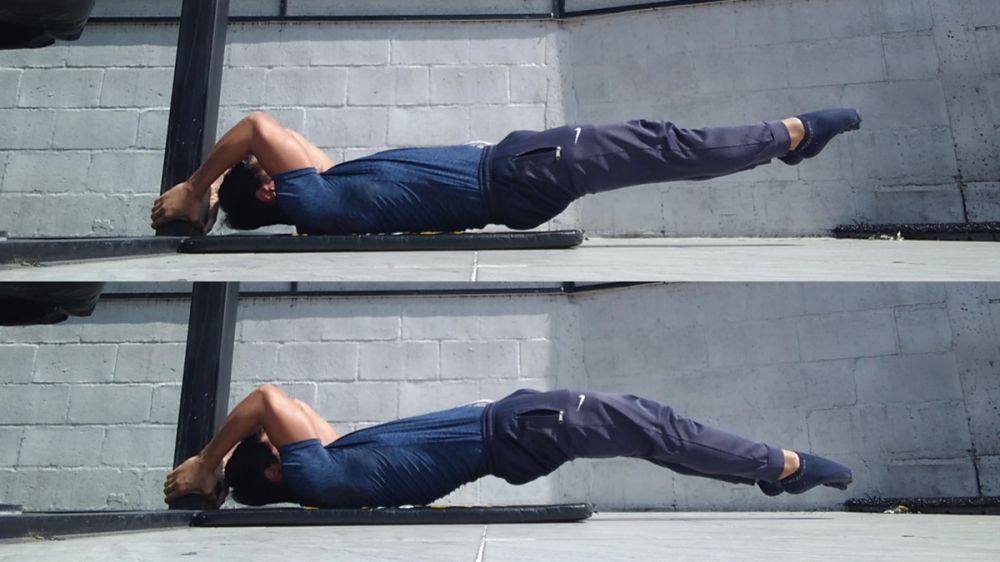
If you want to know everything about how to make dragon flags, here's a complete guide geared towards real progressions.
